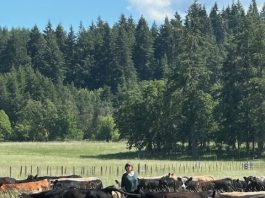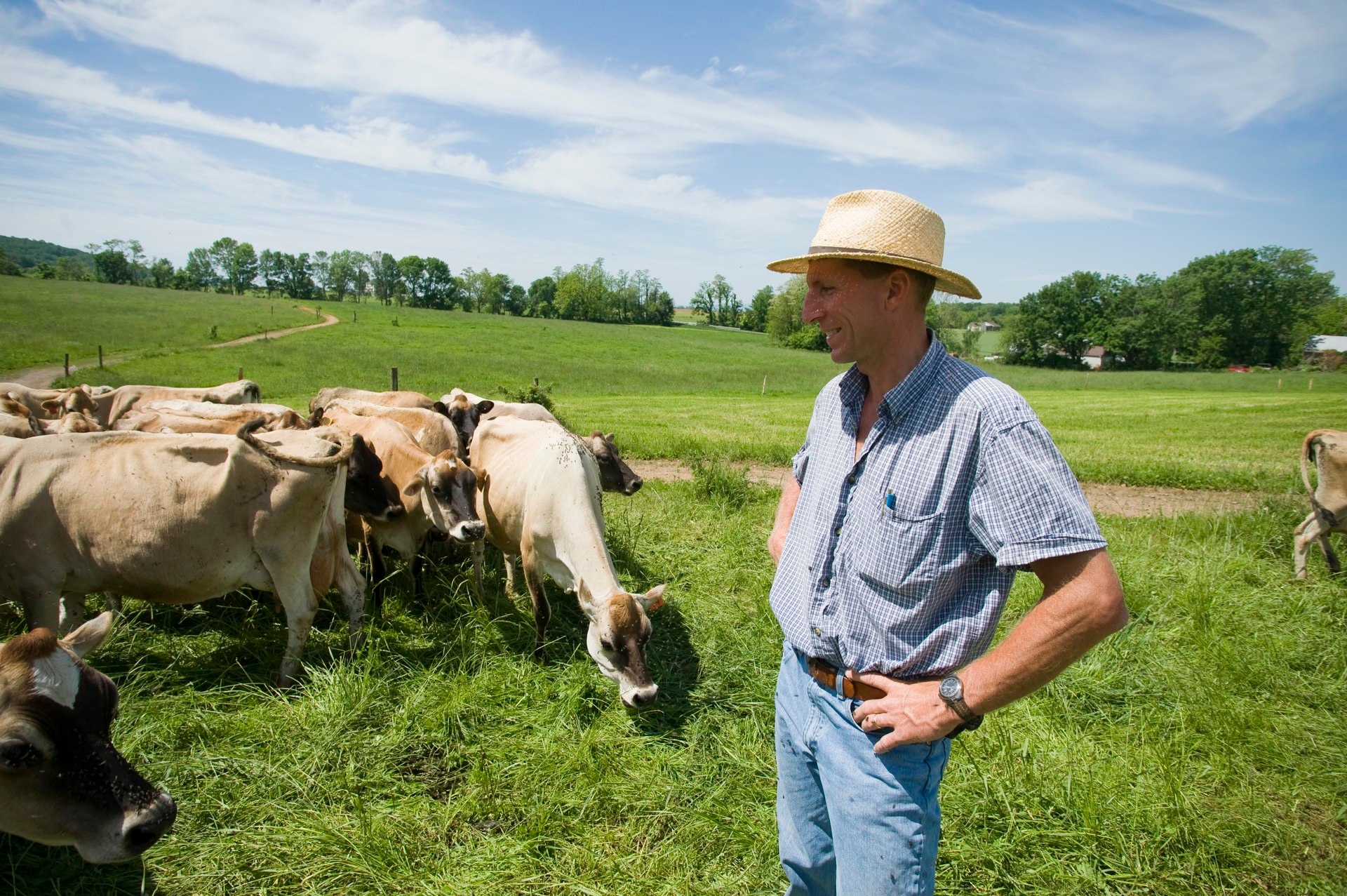 Once again we have to go back in time. Cattle in the wild would have had as much parasite resistance as present day wild animals, which made their existence possible. What we have done in the modern world is ignore natural capabilities and we unwittingly began diminishing them to insignificance.
Once again we have to go back in time. Cattle in the wild would have had as much parasite resistance as present day wild animals, which made their existence possible. What we have done in the modern world is ignore natural capabilities and we unwittingly began diminishing them to insignificance.
Chemicals will never win the battle with parasites. Are you using chemicals? Why? I suspect because you do not realize another way exists, and all the magazine ads and articles say you must. Parasites can be controlled by genetics, which is not only lasting, but cheaper.
Genetic progress is dependent on culling, whether by death, as it is in nature or by turning the offender into cash. If the weak did not fall by the wayside in nature, the whole species was in trouble. We have been protecting the frail with chemicals instead of sending them to town. There is still a reservoir of genes to work with, but without someone marking the culls, we can’t access that gene pool.
As in all the other aspects of management, the hard part is convincing your brain to see this in the true light and shut out the propaganda (spelled advertising). The chemical companies do not want you to even suspect there is another way.
Some parasites such as lice are much easier to control. It is obvious which cattle are carriers and you just need to trade them in for cash. There are usually just a few carriers so only a small number of cows need be sold.

Flies present a little different problem as every cow is attacked. It is noticeable though that some cows attract fewer flies than others. Track those cows and mark them for saving replacement heifers if everything else is okay, and do not keep heifers from those with heavy fly loads. This may be slow, but start anyway. A battle cannot be won without a beginning. (A research paper by Dayton Steelman states the heritability of fly resistance is very high)
Cows with stomach worms (gastrointestinal nematodes) or (GI) are not as easy to detect, but the same culling regimen used with lice and flies is still very effective. In 2002 I found notice of a research program at the USDA Agricultural Research Center at Beltsville, Maryland. This was a four-year project to use the host immune system to reduce GI nematodes.
The following are selected quotes or passages from the paper. Though the study was not published as a formal paper, the information the researcher put together is still valuable.
―Early results demonstrated the bovine immune system effective in reducing the number of parasites established in the host. One exception was Ostertagia ostertagia, but even with this species, the immune system reduced transmission by reducing egg count.
―These studies indicate that it is feasible to control nematode infections by using the host immune system. Recently we have proven that host genetics plays an important role in determining if individual cattle become immune or not.
―Although the anthelminitics currently used to control the parasites are efficacious and safe, there are increasing concerns that within a very short time period such control programs will be inadequate.
– ….. change the current perception that the economic effects of the parasites are normal expenses of the livestock raising system.
―The only feasible and economically viable alternative to heavy anthelminitic usage is to use the host immune system and the diversity of the host genome to control disease severity and transmission.
―Resistance to gastrointestinal nematodes is strongly influenced by host genetics and a few genetically susceptible animals are responsible for most parasite transmission.
―As important genes are identified, this information will allow the culling of animals highly susceptible to parasite infection, reduce the numbers of parasite eggs on pasture resulting in a concomitant reduction in anthelminitic use.
―Internal parasites interfere with nutrient digestion and absorption and decreased growth and productivity of grazing cattle. Parasites can also reduce resistance to other infectious agents, and the effectiveness of vaccinations.

The only way you can get relief from high input costs of fighting parasites with chemicals is to rely on nature. Genetics is long term. Chemicals are only temporary. Management is all you need, and a resolve to stick to it and not revert to the short-term tactics of chemical warfare. Do not let a lack of knowledge about genetics keep you from making a move to the non-chemical battle against parasites. You do not need be a PhD to run this program. Nature has it all figured out, so follow that model, use no chemicals and cull those that fail.
Producers must accept that many of the problems associated with cattle are genetically related, and can be controlled. Set up a strict culling program that will eliminate all genetic problems. This can be done with management and save money at the same time. It is possible chemicals may be needed for a short time or in small doses, but not on a continual basis. There is no reason to allow those selling inputs to direct your thoughts and actions.





My two cents worth is that genetic resistance to parasites and other pests and diseases is strongly related to genetic diversity, so don’t cull so many animals that you inbreed. Genetic resistance is an arms race between host and parasite fought in every generation. The parasites have short life cycles and thus evolve fast. The host animals must keep reshuffling their genes and evolving new defences. An inbred herd cannot do this. Two animals with different genes for partial resistance to a bug give offspring with two potential defences against the parasite.
I enjoyed your article immensely Chip. Excellent job. Keep them coming…!
Stephanie,
I don’t know what the grazing plan was, but I doubt pastures were rotated, which will make a difference. Working from both angles is always better.
Chip
I’m curious, were the cattle in the research group rotationally grazed?
Once again, right on, Chip.
I suspect that systemic anti-helminthic drugs and/or their partially metabolized down-stream products which are excreted in urine or dung may be harmful to some of our newly appreciated allies , the worms and bugs that live on or in the soil. Who knows?
Comments are closed.